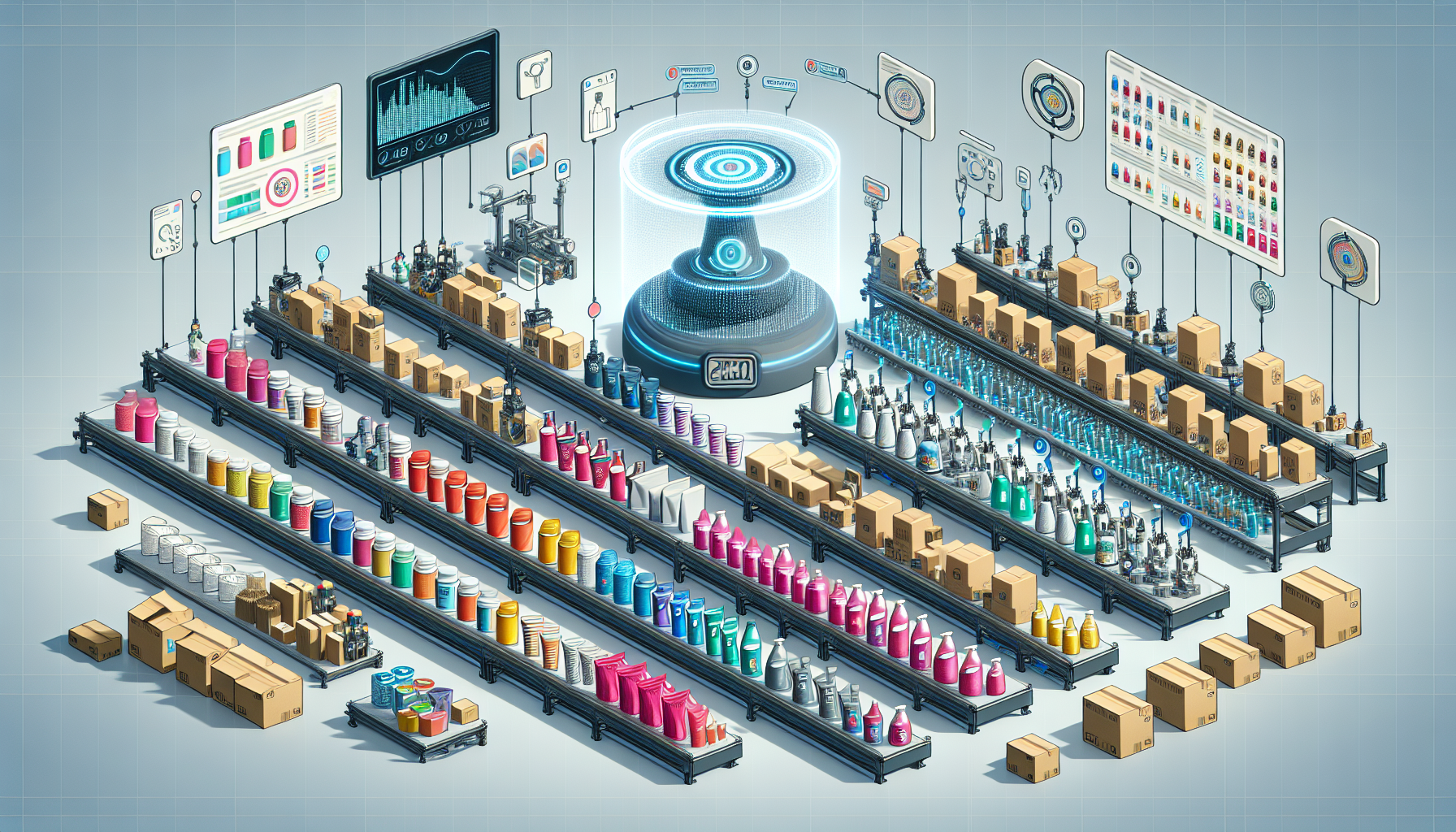
## The Impact of AI-Driven Personalization on Future Consumer Packaging
Consumer packaging is experiencing a profound shift due to the advent of artificial intelligence (AI). Traditional methods of packaging personalization have often been prohibitively expensive and time-consuming for many businesses. However, AI is revolutionizing this space by making personalization more accessible and efficient. Various sectors can harness AI to enhance their offerings, improve customer satisfaction, reduce return rates, and minimize material waste. But how exactly does AI influence consumer packaging?
### Personalization of Consumer Packaging Through AI
#### Custom Text, Graphics, and Images
AI-powered generative models can create text, graphics, and images that make packaging more attractive to specific customer segments. By inputting demographic data like preferences and locations into algorithms, companies can design labels, slogans, and patterns that resonate with their target audience.
#### Design Insights from AI Simulations
AI simulations provide critical design insights that can inform the creation of secondary packaging—outer materials used for marketing or additional product protection. By utilizing purchase and advertising data, companies can test colors, materials, and graphics with precision in a risk-free environment.
#### Customized Inserts and Enhanced Unboxing Experience
Beyond basic and secondary packaging, AI can create custom inserts such as thank-you notes, stickers, product sleeves, or QR codes, enhancing the unboxing experience to make it more personalized and enjoyable for customers.
#### Enhanced Product Protection
AI can improve product protection by analyzing data on returns, damage rates, and negative reviews. This information helps develop packaging solutions that better protect products during shipping, thereby boosting customer satisfaction.
#### Precise Shipping Information
By integrating AI with supply chain monitoring tools, businesses can offer accurate, individualized shipping information for each package, ensuring customers stay updated on their order’s location and condition.
### Advantages of AI-Driven Packaging Personalization
#### Improved System Connectivity
One of the most significant benefits of AI-driven personalization is enhanced connectivity between different systems. Unlike traditional methods where lead designers interpret market research to influence designs, AI seamlessly integrates market research with the creative process, ensuring no data point is missed.
#### Increased Speed and Efficiency
AI considerably accelerates the design process, allowing companies to create personalized packaging concepts much faster than conventional methods. This results in quicker project completion and faster time-to-market.
#### Cost Reduction
AI’s automation capabilities streamline the packaging process, leading to substantial cost savings and an accelerated return on investment (ROI). This is particularly valuable in an era of labor shortages and rising minimum wages, as autonomous technology helps brands maintain profitability without increasing prices.
#### Waste Minimization
AI-driven personalization also offers significant benefits in waste reduction. By enabling on-demand packaging, companies can optimize resource usage and reduce excess material, making the process both sustainable and cost-effective. Considering the world produces 400 million tons of plastic waste annually but recycles only 10%, this is a crucial measure.
### Use Cases of AI-Driven Personalization Across Industries
#### Hospitality
Hospitality businesses like cruise lines, hotels, airlines, and resorts use items such as to-go boxes, souvenir bags, and room service cases. AI can help accentuate branding while optimizing resource utilization, ideal for catering to a diverse and fluctuating customer base.
#### Consumer Electronics
High return rates commonly affect consumer electronics firms due to products getting damaged or malfunctioning during transit. AI can customize primary packaging for each product type without lengthening design timelines or increasing costs, thereby reducing return rates and enhancing customer satisfaction.
#### Grocery
Grocery retailers can utilize AI to create tailored ingredient lists or nutritional information panels for each product. Generative AI can also design appealing labels and containers based on past purchase data, similar to how red mesh bags make oranges appear fresher.
#### Fashion
The fashion industry stands to gain significantly from AI-driven personalization. Generative AI could add an estimated $150 billion to the fashion sector’s operating profits from 2023 to 2028. Personalized packaging will likely play a significant role in this growth.
## Conclusion
AI-driven personalization is transforming consumer packaging by making it more accessible, efficient, and effective. From creating user-centric designs to reducing waste and improving product protection, AI offers numerous benefits that can revolutionize packaging strategies. As AI technology continues to evolve, it is poised to become the industry standard.
## Q&A Section
**Q1: How does AI enhance the design process for consumer packaging?**
A1: AI improves the design process by directly linking market research with creative concepts, ensuring no data point is overlooked and resulting in designs that better capture customer preferences.
**Q2: What types of custom inserts can AI generate?**
A2: AI can create custom inserts such as thank-you notes, stickers, product sleeves, or QR codes to enhance the unboxing experience for customers.
**Q3: How does AI contribute to reducing waste in packaging?**
A3: AI minimizes waste by enabling on-demand packaging and optimizing resource utilization, making the process more sustainable and cost-effective.
**Q4: Which industries stand to benefit from AI-driven personalization in packaging?**
A4: Industries like hospitality, consumer electronics, grocery, and fashion can significantly benefit from AI-driven personalization in their packaging processes.
**Q5: How does AI help reduce return rates for consumer electronics?**
A5: AI tailors primary packaging to better protect products during transit based on data regarding returns and damage rates, thus reducing the likelihood of product damage and subsequently lowering return rates.
**Q6: Can AI provide accurate shipping information for individual packages?**
A6: Yes, AI can provide individualized, accurate shipping information for each package by integrating with supply chain monitoring tools, keeping customers informed about their purchase’s location and condition.
For further insights into how technology is reshaping various industries, visit [Lonelybrand](https://lonelybrand.com/blog/).
